Newsletters That Drive Sales for Utah Retailers
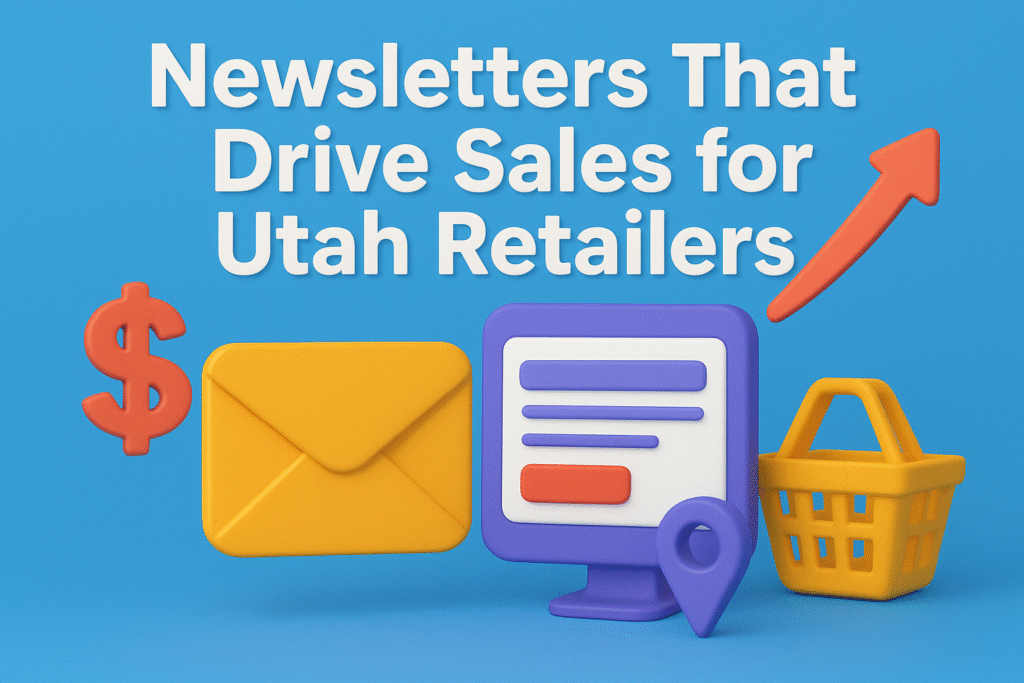
Here’s What You’ll Learn in This Article You’ll see how Utah retailers use newsletters to drive consistent sales through segmentation, storytelling, timing, and data driven strategy. This summary highlights why email remains highly profitable, which tools support better performance, and the key elements that turn subscriber attention into predictable revenue. Introduction Newsletters have become one […]
Setting SEO KPIs That Make Sense Over 12 Months
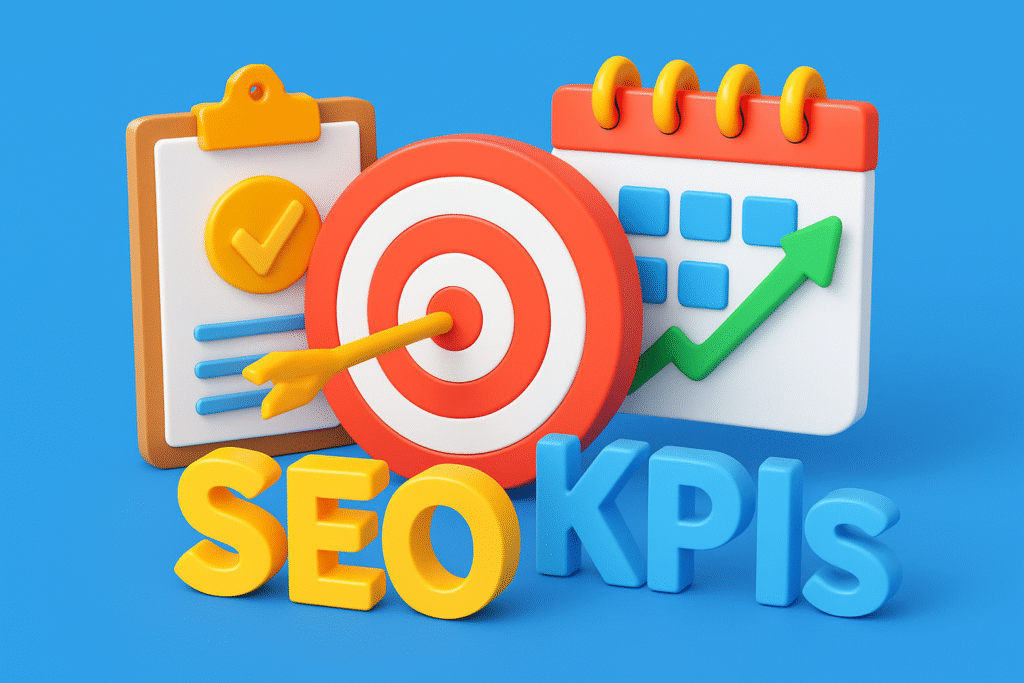
Quick Summary: What This Blog Covers This blog explains why measuring SEO success requires a twelve month KPI framework, highlighting the importance of long term visibility, engagement, authority, and conversion metrics. It outlines how to structure a year long plan, avoid common mistakes, and use data from tools like Google Analytics, Semrush, and Ahrefs to […]
Localized Affiliate Content for Boston Historical Tours
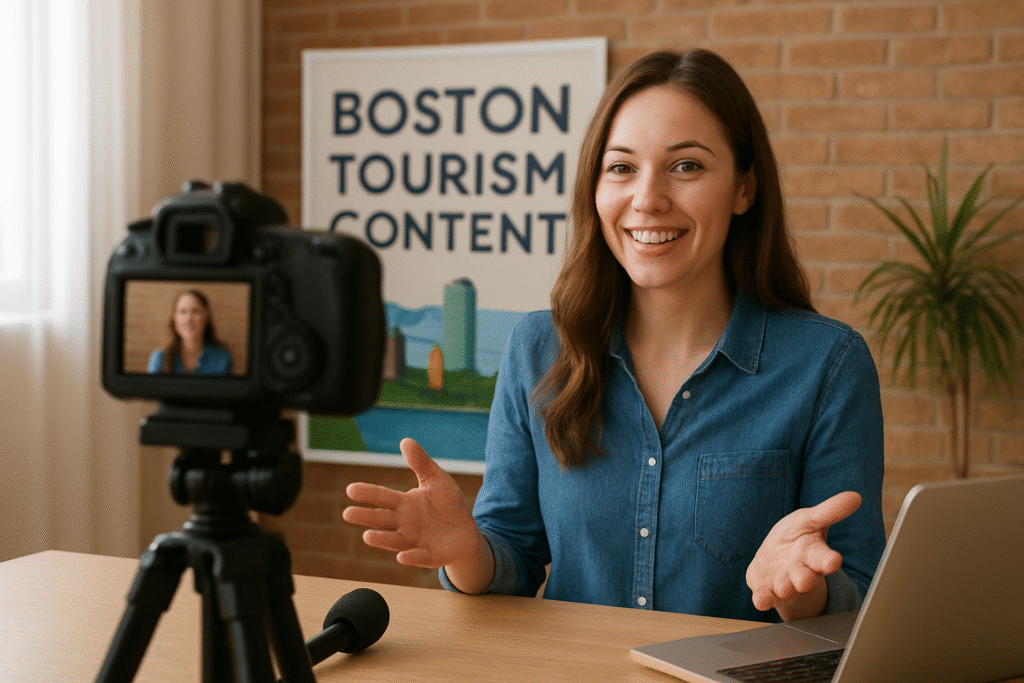
Here’s What You’ll Learn in This Article This guide explains why Boston’s rich history makes localized, narrative-driven affiliate content essential for converting travelers. You’ll learn how storytelling, local research, and clear booking guidance strengthen trust and boost tour bookings. It also highlights top-performing tour types and the process behind crafting high-impact tourism affiliate content. Introduction […]
Local Brand Storytelling via Video Interviews with Charlotte Small Business Owners
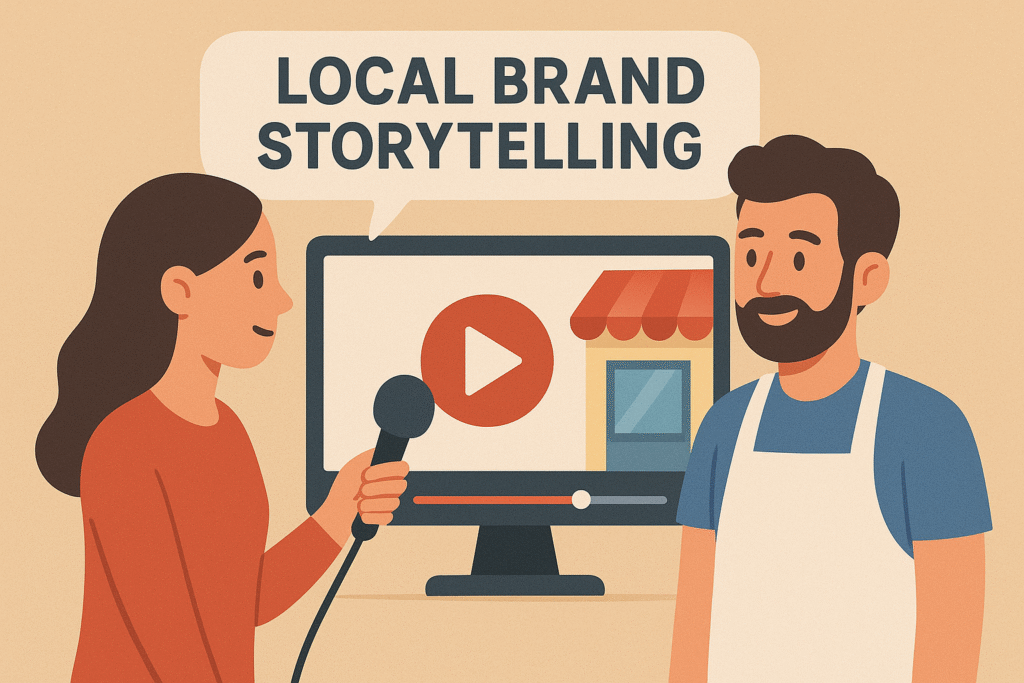
Quick Summary: What This Blog Covers This blog explores how video storytelling helps Charlotte small businesses strengthen their brand identity, build trust, and increase visibility. It highlights the emotional impact of founder led interviews, essential storytelling elements, preparation tips, and data driven results across social platforms and SEO. It also explains why Charlotte’s community focused […]
The Role of Content Freshness in Long Term Ranking
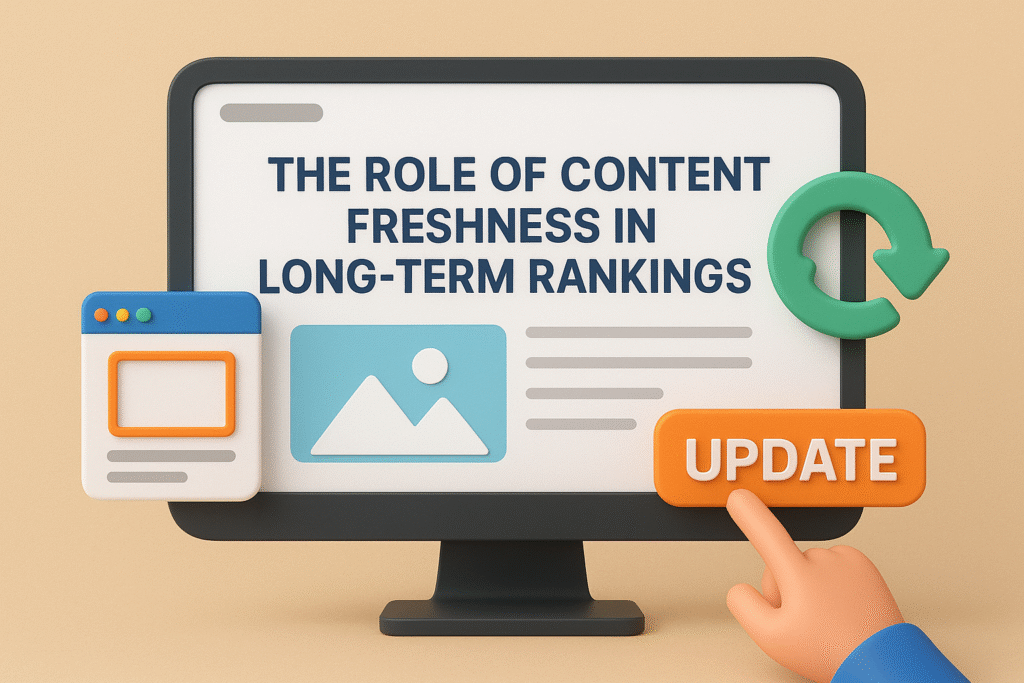
Here’s What You’ll Learn in This Article You’ll uncover why keeping content updated is essential for long term ranking stability and how search engines reward pages that stay relevant. This summary highlights the core freshness signals Google values and the simple system used to refresh content strategically without burnout. Introduction When I think about the […]
Email Marketing Campaigns for Newport RI Luxury Hotels

Quick Summary: What This Blog Covers This guide explains how luxury hotels in Newport RI can use email marketing to build guest relationships through personalized segmentation, automated yet human flows, and storytelling-driven content. It covers list building at guest touchpoints, visual and local partnership tactics, compliance essentials, and measurement using analytics to refine campaigns. Introduction […]
YouTube Auto-Captioned Videos for Accessibility Compliance in Seattle Clinics
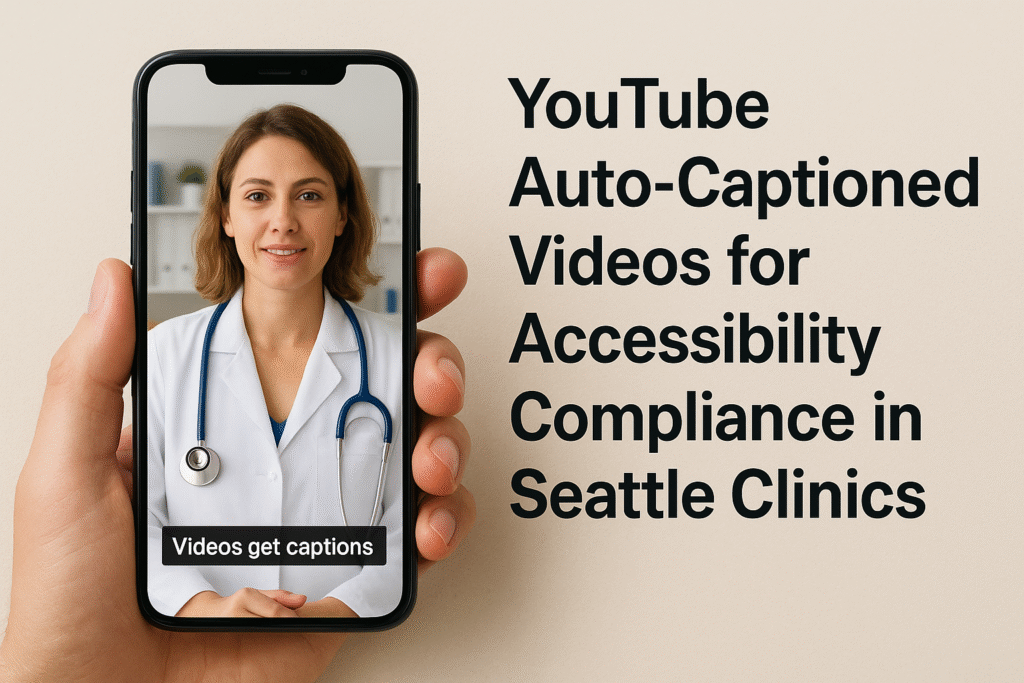
Here’s What You’ll Learn in This Article This article breaks down why YouTube auto-captioned videos fall short of ADA and WCAG compliance for Seattle clinics, especially when medical terminology is involved. You’ll learn how accurate captions improve accessibility, patient trust, and SEO and what clinics must do to ensure their video content meets legal and […]
What Is Topical Authority and How to Achieve It
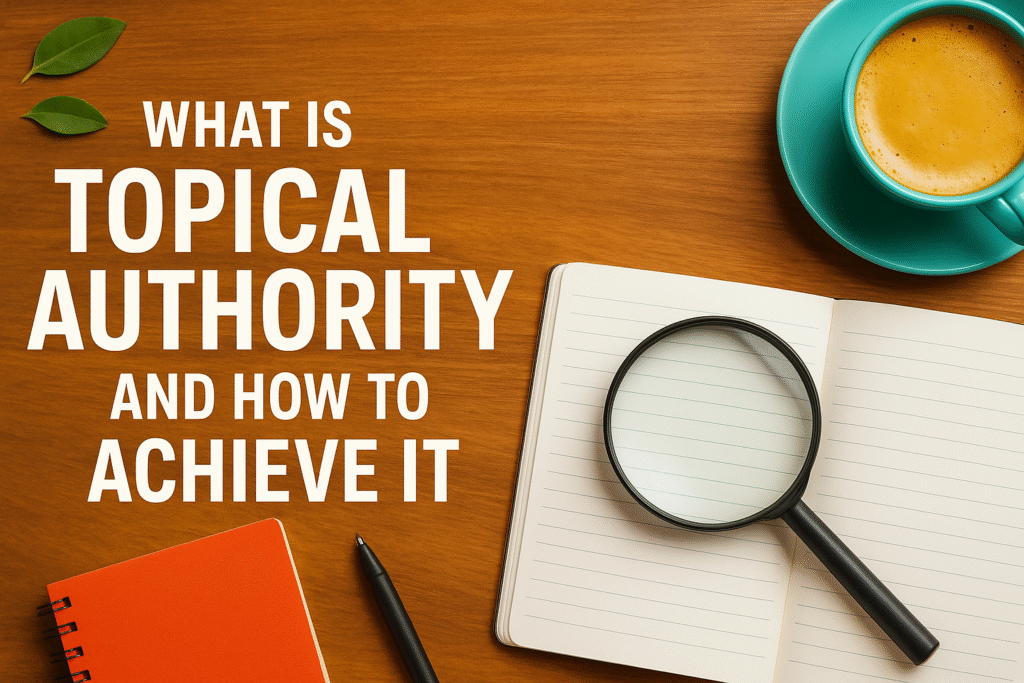
Quick Summary: What This Blog Covers This blog explains what topical authority is and why it’s a crucial ranking factor in 2025. It covers how Google now rewards deep, interconnected content instead of isolated keywords. You’ll learn the step-by-step framework for building authority through topical maps, pillar clusters, internal linking, expert signals, and content freshness. […]
How to Design Effective Social Media Graphics That Convert

Here’s What You’ll Learn in This Article Discover the secrets behind designing social media graphics that drive engagement and conversions. This article covers design principles, visual psychology, platform optimization, and actionable tips to help you create scroll-stopping visuals that actually convert. Introduction In the ever-competitive landscape of digital marketing, visuals are the most powerful storytelling […]
Customer Testimonial Campaigns for Charlotte Med Spas

Quick Summary: What This Blog Covers This blog outlines a detailed technical SEO checklist to help new websites achieve strong visibility. It covers essential steps like site indexing, speed optimization, mobile responsiveness, and structured data implementation for better search performance. Introduction In today’s competitive beauty and wellness market, credibility is everything. For clinics and aesthetic […]
